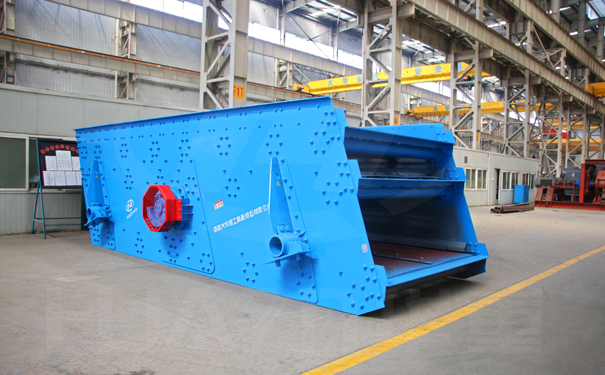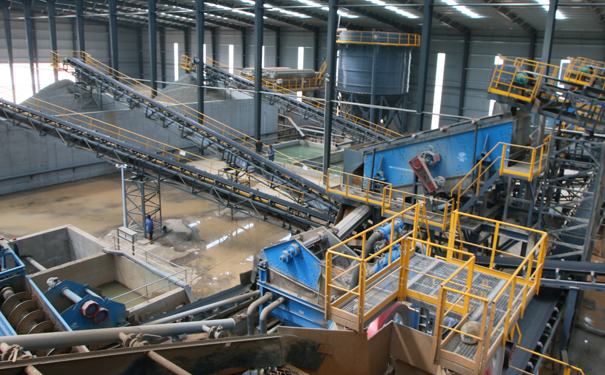The gravel production line is mainly composed of three systems: crushing, screening and conveying. To increase its production capacity, many people first think of choosing a crusher with high output. After all, this is a more obvious and very direct method. Today, we talked about the selection principles and production line design principles of the crushing and screening equipment for the gravel aggregate production line from the three aspects of feeding, crushing, and screening. Understanding these can effectively increase the production line capacity.

1. Selection of feeder
Many engineering projects have clear requirements on the soil content of sand and gravel. In order to reduce the soil content in the finished product, vibrating feeder equipment will be arranged in front of the primary crushing equipment when designing the production line, which is used for continuous and uniform before the coarse crushing equipment. While feeding and re-feeding, the material is pre-screened according to the preset bar gap size, and the purpose of removing soil from the source is achieved by vibrating screen.

2. Selection of crushing equipment
According to the different working principles, the crushing equipment is mainly divided into two types: extrusion type and impact type.
Extrusion Crusher-Gyratory Crusher, Jaw Crusher, Cone Crusher, used for processing hard rock (silica, volcanic rock, granite, etc.);
Impact Crusher-Impact Crusher, Hammer Crusher, used in the processing of rocks with low hardness and low abrasiveness (such as limestone, etc.).

3. Selection of screening equipment
The screening system of the gravel aggregate production line runs through the entire production line. The screening (pre-screening) is needs to be carried out before crushing. Pre-screening can avoid the invalid crushing of the materials, thereby improving the production capacity of the crushing equipment and reducing the power. The aggregate processed by one production line has more than one particle size of finished products, and different users have different requirements for the aggregate size of sand and gravel aggregates. Therefore, they are screened into a variety of granular grade products and supplied to various users if the sand and gravel production line. The water content of the material is too large, it can be dewatered and sieved, on the one hand improve product quality, easy storage and transportation, reduce transportation, and on the other hand, water can be recovered for recycling.
The size of the feed transportation volume, or the size of the formed particle size, are all related to the model, and the size of the crushing ratio formed is also different, and the overall production capacity will be significantly different. Must be based on their actual needs (sand materials characteristics, production capacity requirements, power, equipment use, discharge particle size, finished product application areas), only after determining the various needs, manufacturers can configure reasonable sand according to our specific circumstances Stone production line, so what suits our needs is the best.
For more information, you can click: www.lydhchina.com

